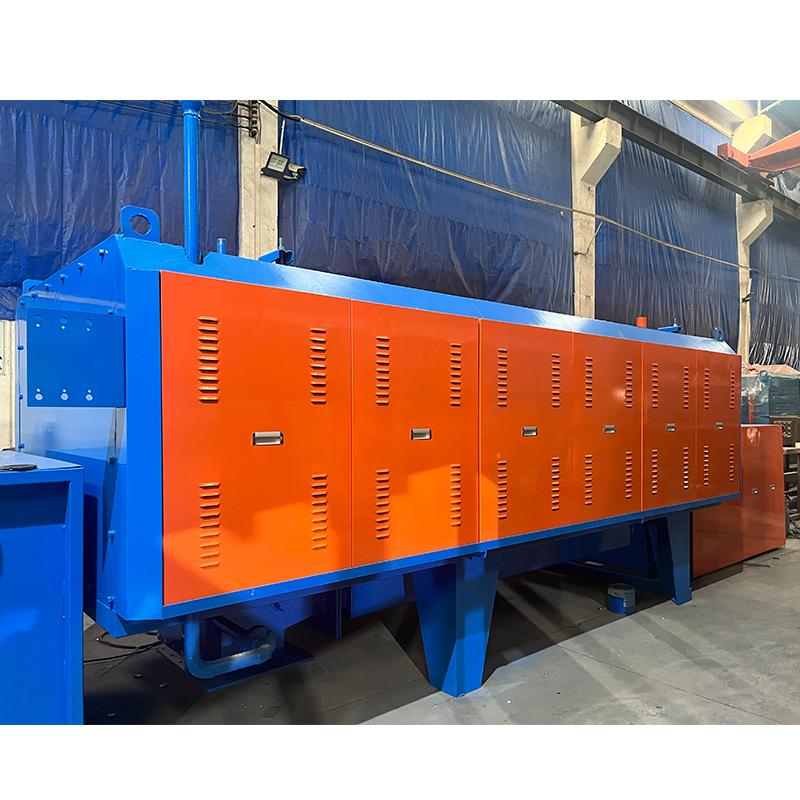Factors affecting the surface finish of bearing parts during quenching - surface oxidation of parts
Jun. 06, 2024
(1)Influence of air tightness of quenching heating furnace
If the seal is not good and leaks, air will enter the furnace, and the oxidizing gas (mainly O2) will oxidize the parts, and the surface will turn blue-brown or gray-black. Situations prone to leaks include loose sealing or aging of the sealing gasket in the blanking port area, radiation tubes, carbon potential meters, temperature measuring thermocouples and other surrounding areas. If the leak is heavy, it is easy to find, but if it is a slight leak, it needs to be carefully checked to find the problem.
(2)Use and maintenance of quenching heating furnace
If the quenching heating furnace is improperly maintained or fails, it may also affect the quenching brightness of the parts. For example, the uniform temperature fan of the heating furnace stops due to a fault, resulting in uneven temperature and atmosphere in the furnace; another example is that there is too much carbon black or even blockage in the methanol dripping port, and the liquid methanol is not fully cracked, resulting in excessive carbon deposition in the furnace; or the cracking gas flow is too much, causing the liquid methanol to drip directly onto the surface of the parts without cracking, resulting in soft spots and black spots, affecting the brightness.
In addition, when the cold furnace is heated and opened, the air in the furnace should be exhausted as much as possible, that is, the exhaust volume should be increased, and the air inlet of the protective gas should be reasonably set to prevent the air in the dead corner from being difficult to exhaust. Since it is generally difficult to quickly exhaust the air in the furnace, the brightness of the bearing parts often gradually improves after the mesh belt furnace has been in continuous production for a certain period of time.
(3)Quenching heating process
The quenching heating process includes many parameters, such as heating temperature of each zone, heating time, parts placement, furnace atmosphere selection, carbon potential setting, oil temperature setting and selection of other equipment parameters. Among them, the parameters that are most closely related to brightness are mainly furnace atmosphere and carbon potential setting. The following mainly analyzes these two process parameters:
First, furnace atmosphere. At present, the most common furnace atmosphere for bearing parts heat treatment using mesh belt furnace is methanol dripping or low-temperature cracking as protective atmosphere, and other gas generation methods such as methanol + propane or nitrogen-based gas (nitrogen or nitrogen + methanol cracking gas).
When methanol is used as the generating gas, the protective atmosphere is greatly affected by the purity of methanol. When its purity is high and the moisture content is low, the parts tend to be uniform bright gray, otherwise the parts are black, blue, and have poor brightness. According to the national standard "GB 338-2011 Industrial Methanol", the moisture content of qualified products should be ≤0.2% (wt%), and the moisture content of first-class products should be ≤0.15% (wt%).
Second, carbon potential setting. When methanol + propane is used as the generating gas, methanol is the carrier gas and is introduced into the furnace by dripping or low-temperature cracking, and propane is the enriched gas. It is necessary to pay attention to the setting of carbon potential and the ratio of the two. It is not appropriate to have too high or too low atmosphere carbon potential.










